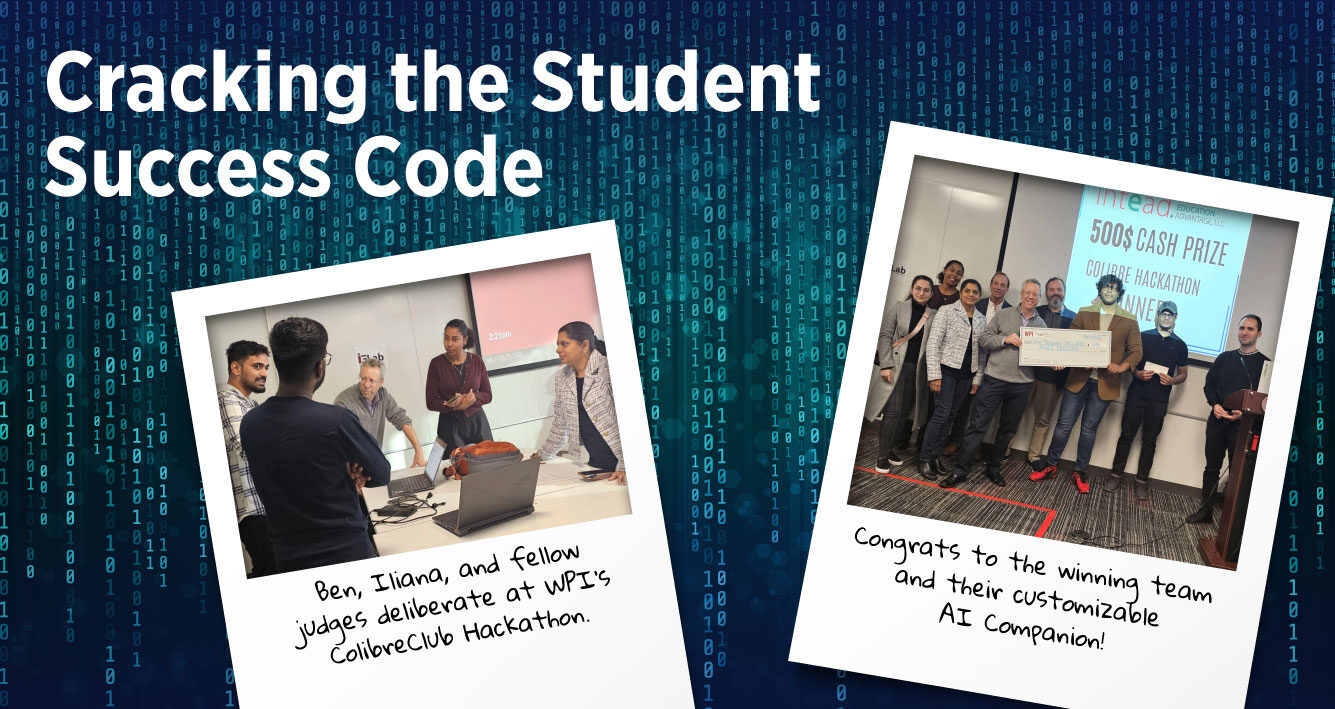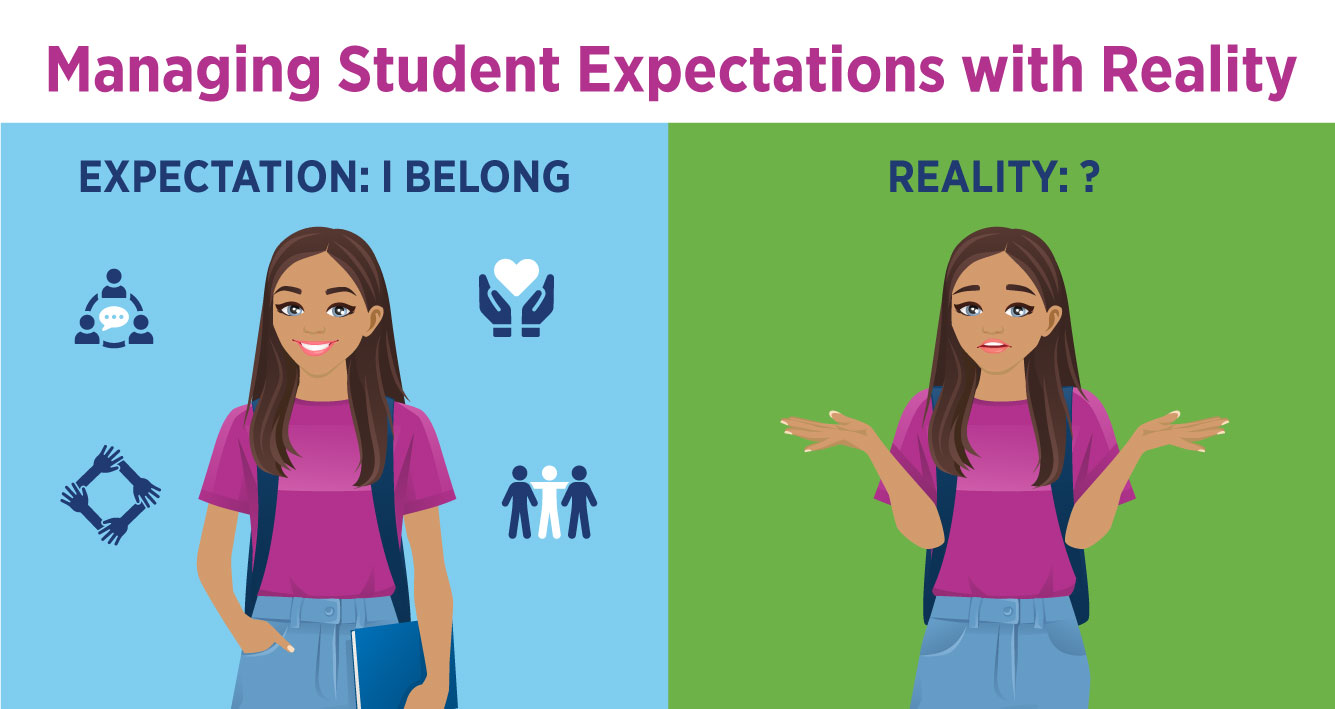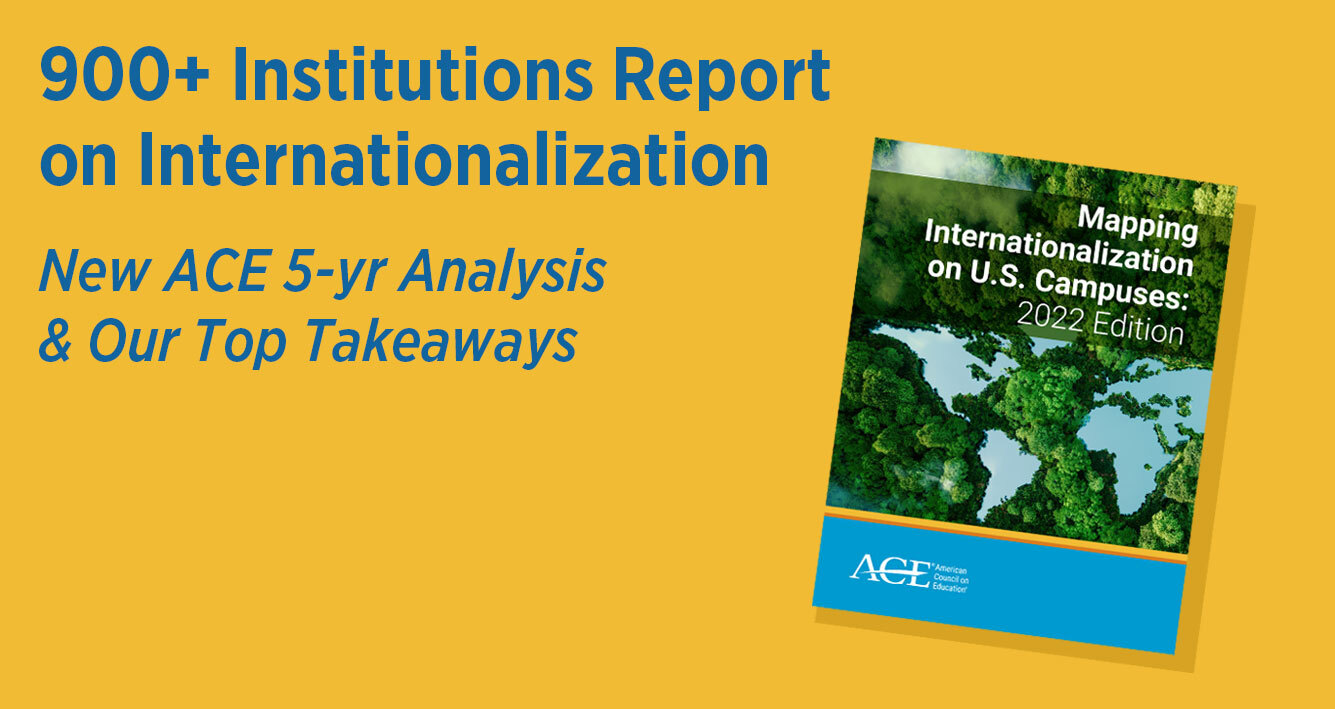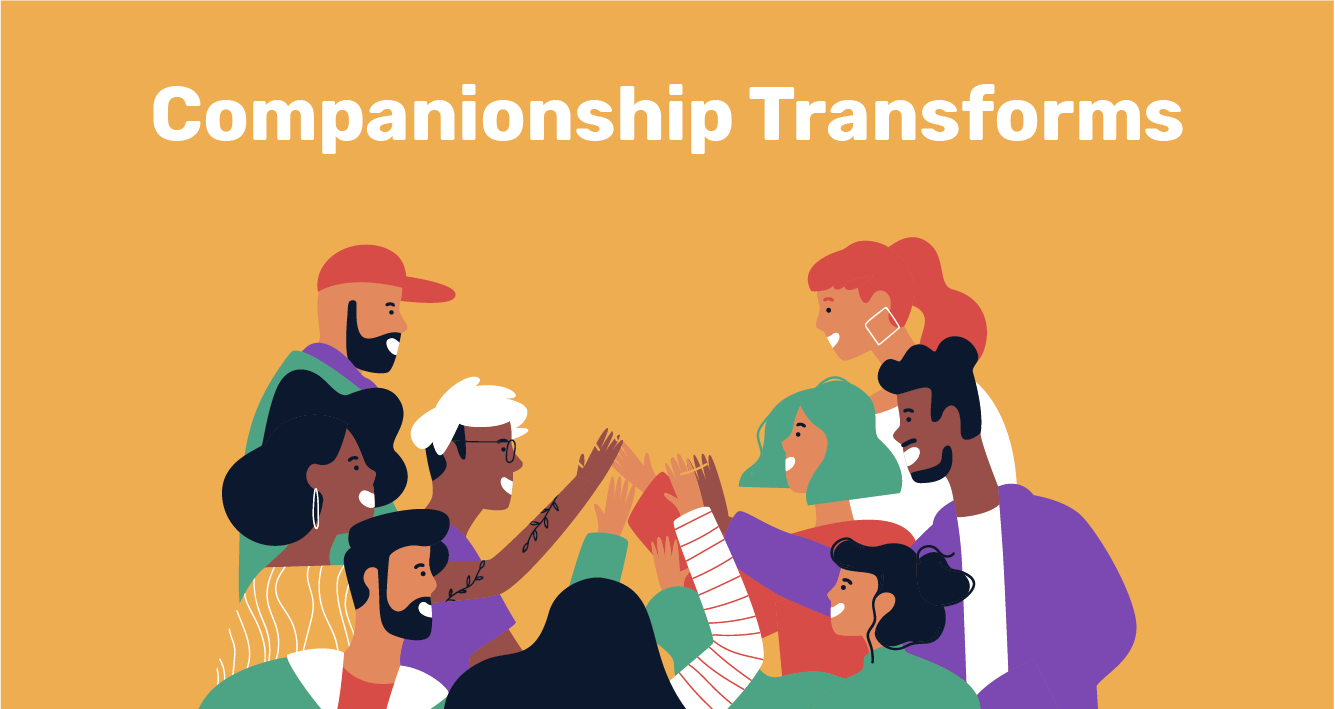Grad students Poorajith Sasikumar Thenmozhi and Anurag Bansal needed a problem to solve. As founding members of ColibreClub, a student-led organization at Worcester Polytechnic Institute Business School, they were gearing up for their inaugural student hackathon and were in search of a real-world problem statement their competitors could sink their teeth into.
That’s when the Business School’s Assistant Dean Sandhya Balasubramanian stepped in. Sandhya a friend and colleague of ours reached out to the Intead team to see if we had ideas. Our answer: Always!
Trend watchers and challenge seekers, we didn’t take long to share one of the many higher ed research topics that interest us in the area of student success. Prior to and through the Covid-19 Pandemic, we watched student mental health concerns grow dramatically. We also noted that issue rising on the list of major worries being carried by university presidents and provosts.
Opportunities to Meet the Intead Team
- Our AIEA stint ends today as we turn our focus to ASU+GSV in April, and NAFSA in May. Let us know if you want to connect at these events.
Bookmark this: Intead’s Resource Center
Access 800+ articles, slides decks, reports with relevant content on any topic important to enrollment management and student recruiting. Check it out.
Data underlines the urgency. Sallie Mae’s How America Completes College 2024 report on undergraduate barriers to graduation reveals 42% of at-risk students who consider leaving school do so for reasons involving motivation and mental health issues. When asked what resources would have helped them stay, 30% said more mental health resources/support.
In our work with academic institutions, we’ve seen such a range of responses on campuses that make services available to students in different ways and importantly, help students become aware of and access those services in different ways as well.
Assurances to help individuals who are struggling academically/mentally/physically are part and parcel of student communications. You know as well as we do that prospective students and their parents care a lot about this topic so including it in your recruitment materials has become routine. For some families, wanting to know about academics and sports top the list as they evaluate an institution. At some point, a growing number of parents worry about whether their kid, as mature as they are, is going to have the support services they need to succeed, including mental health services.
So, the Intead team has been thinking a lot about actual accessibility, or lack thereof, of these types of programs. Some universities promote the services and access far more than others. Are they living up to their promises to students? Are there innovative ways to improve both student communication and accessibility? The WPI student hackathon tackled these questions with gusto!
Read on...
Read More





